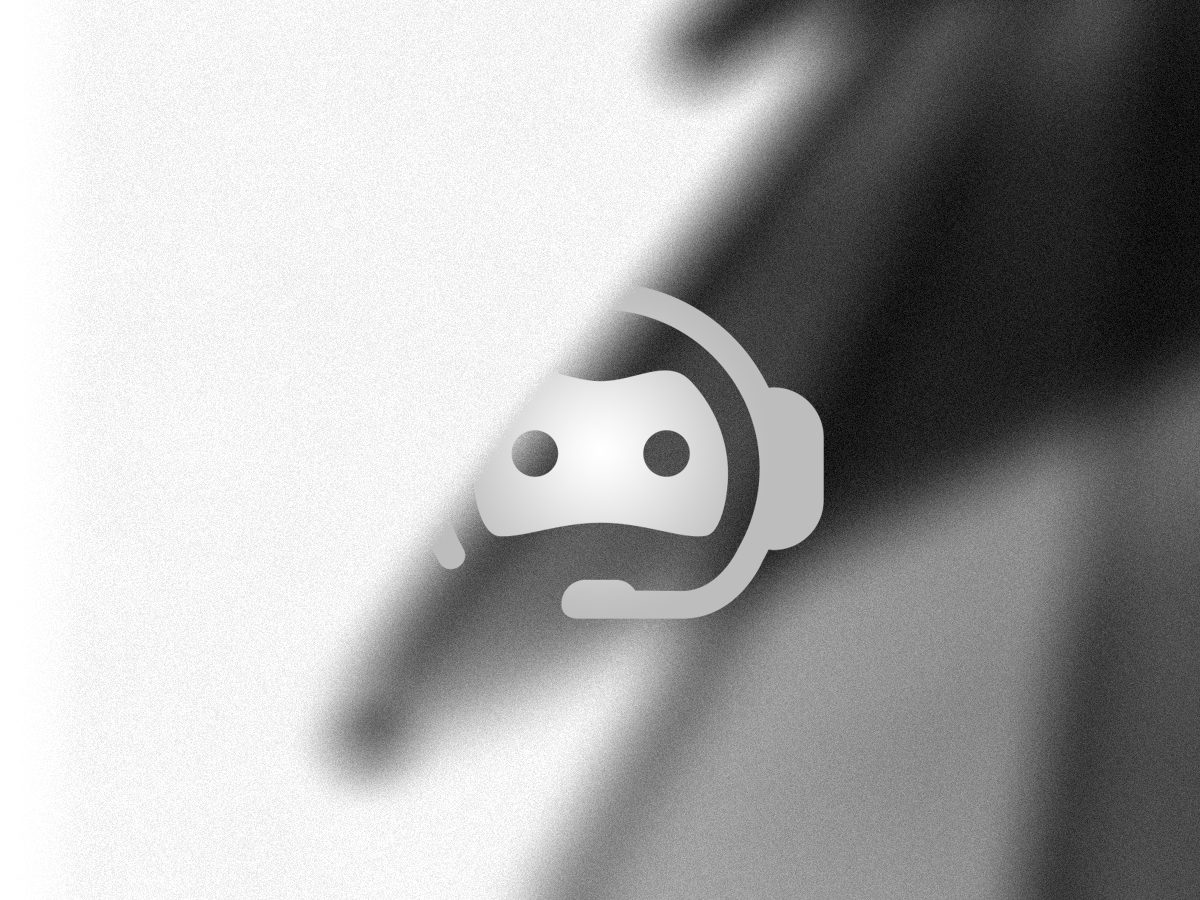Introduction
AI chatbots are revolutionizing the way we interact with technology. From answering customer service inquiries and helping students with homework, to drafting emails and coding software, chatbots like ChatGPT, Gemini, Claude, and others have become increasingly sophisticated and widely adopted. But despite their seemingly human-like intelligence, many people are still asking the crucial question: Can AI chatbots make mistakes?
Related Content: https://7balance.org/can-gemini-ai-make-mistakes/
The short answer is: Yes, AI chatbots can—and often do—make mistakes.
In this article, we’ll explore why that happens, the types of errors they make, real-world examples, and how users can avoid being misled by faulty outputs. Whether you’re using AI for education, business, or creativity, understanding these limitations is essential for using the technology responsibly.
Why Do AI Chatbots Make Mistakes?
AI chatbots are powered by large language models (LLMs) trained on vast datasets from books, websites, articles, code repositories, and more. While this allows them to generate natural-sounding language and answer questions effectively, they still operate based on statistical predictions—not actual understanding or consciousness.
Here’s why they make mistakes:
1. Lack of True Understanding
AI chatbots don’t “know” facts the way humans do. Instead, they generate the next word in a sequence based on patterns in their training data. They don’t understand context the way people do, which can lead to logical inconsistencies or factual errors.
2. Hallucination
“AI hallucination” is when a chatbot generates entirely fabricated information that sounds plausible but is incorrect. This can include:
-
Nonexistent research papers
-
Fake quotes
-
Incorrect statistics
-
Imaginary products or historical events
3. Bias in Training Data
Chatbots reflect the content and biases of the data they’re trained on. If that data is outdated, misleading, or culturally biased, the chatbot may reproduce those errors in its responses.
4. Ambiguous or Vague Prompts
If a user gives a poorly worded or open-ended prompt, the AI might misinterpret the intent and provide a response that is technically coherent but contextually wrong.
5. Outdated Knowledge
Unless integrated with real-time data sources, many chatbots are limited to the knowledge they were trained on. For example, if a chatbot was last trained in 2023, it won’t know about events or discoveries made in 2024 or later—unless connected to a live search tool.
Types of Mistakes AI Chatbots Commonly Make
Understanding the kinds of mistakes chatbots make helps users better identify and manage them. Here are the most common:
-
Factual Errors: Incorrect historical dates, misquoted data, or false information
-
Logical Inconsistencies: Contradictory answers within the same conversation
-
Misinformation Spread: Repeating common internet myths or conspiracy theories
-
Grammatical or Syntax Errors: Usually rare, but can occur in code or complex languages
-
Overconfidence: Presenting false information with high certainty
-
Misinterpreted Prompts: Giving irrelevant or off-topic responses due to misunderstanding user input
Real-World Examples of AI Mistakes
-
Medical Advice Gone Wrong
Some AI models have suggested unsafe medical practices, such as incorrect dosages or misdiagnosed symptoms. -
Legal Errors
In one infamous case, an AI chatbot generated fake legal citations in a court filing, leading to disciplinary action against the attorney who used it. -
Coding Mistakes
AI tools that generate code (e.g., ChatGPT, GitHub Copilot) can create logic flaws, syntax errors, or insecure scripts if not properly reviewed. -
False Historical Facts
Chatbots have cited presidents who never existed or misattributed famous quotes to the wrong people.
Can AI Learn From Its Mistakes?
Most current AI chatbots don’t have memory in the traditional sense, especially in free or public-facing versions. While developers update and fine-tune models over time to reduce errors, the AI itself usually doesn’t “remember” past mistakes from one session to another.
However, advanced or enterprise versions may offer:
-
Session memory (recall of previous conversations)
-
Feedback-based learning (adjusting based on thumbs up/down)
-
Regular model updates with improved accuracy
Still, these improvements are not the same as human learning or self-awareness.
How to Use AI Chatbots Safely and Effectively
AI is a tool—not a replacement for human judgment. Here’s how to reduce the risk of errors when using chatbots:
-
Fact-check all critical information using trusted sources
-
Don’t rely on AI for legal, medical, or financial decisions without expert review
-
Use specific, detailed prompts to improve accuracy
-
Double-check any code or calculations produced by AI
-
Watch for overly confident or suspiciously perfect answers—they may be wrong
Conclusion: Can AI Chatbots Make Mistakes?
Absolutely.
AI chatbots have made incredible progress and are valuable tools across countless industries. But they are still fallible, limited by the data they’re trained on and the algorithms that generate their responses. Whether you’re using AI to draft emails, solve math problems, or brainstorm ideas, it’s essential to treat AI-generated content as a first draft—not a final answer.
The more informed and cautious we are as users, the more effectively we can harness the potential of AI—while avoiding its pitfalls.

